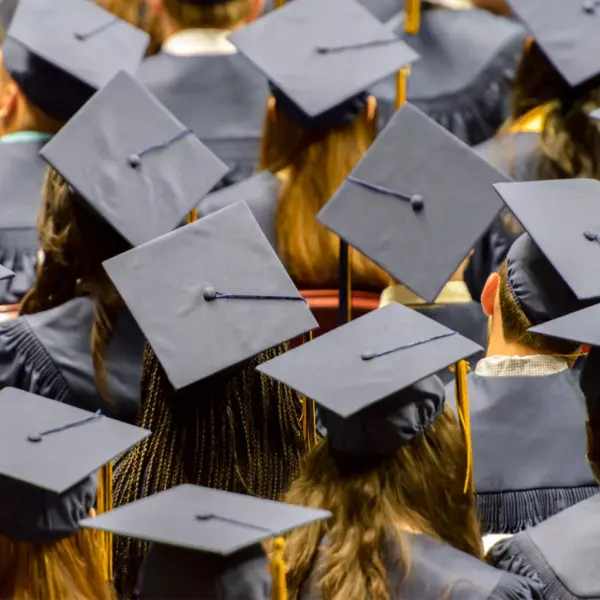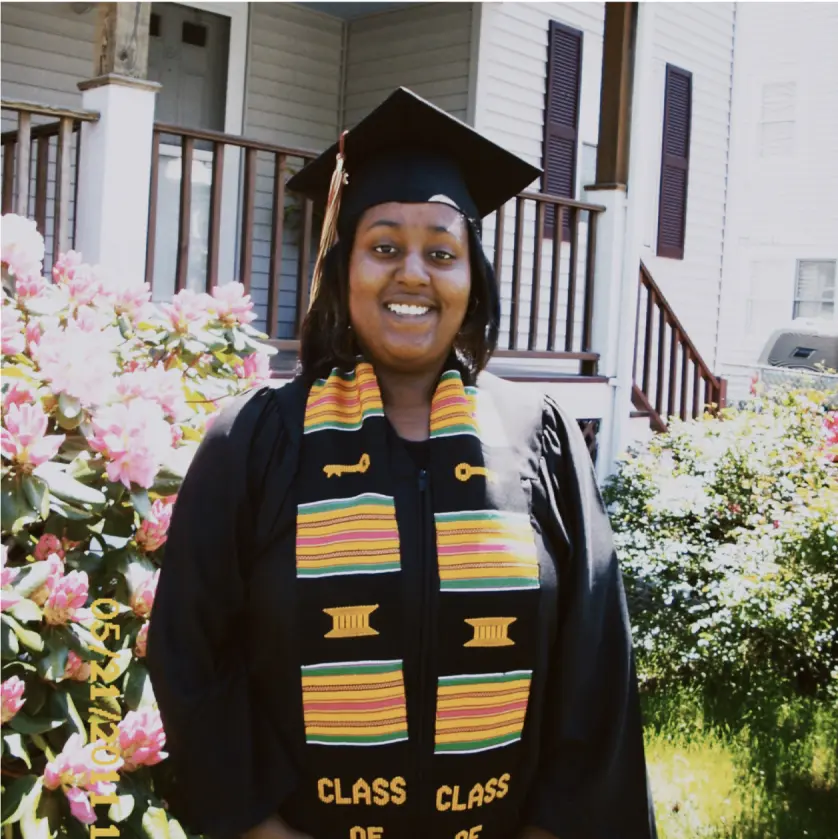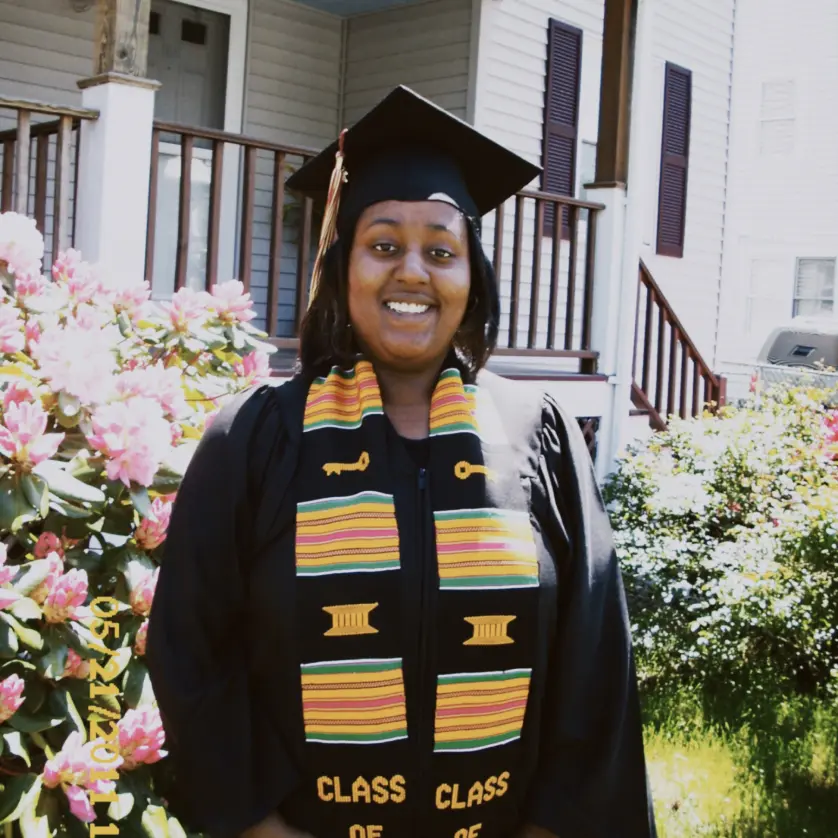Bottom Line and the NBA Foundation Team Up to Coach Students Through College
Bottom Line and the NBA Foundation Team Up to Coach Students Through College
Baron Pierre de Coubertin, the Frenchman who spearheaded the revival of the Olympics in the 1890s, argued that the arts should be an integral part of any modern Games.
As Richard Stanton, author of The Forgotten Olympic Art Competitions, shared with Smithsonian magazine, “[Courbertin] was raised and educated classically, and he was particularly impressed with the idea of what it meant to be a true Olympian — someone who was not only athletic but skilled in music and literature. He felt that in order to recreate the events in modern times, it would be incomplete to not include some aspect of the arts.”
Conversations began at the IVth Olympic Congress, held in Paris in May 1906, where Courbertin directed the International Olympic Committee (IOC) to “come and study to what extent and in what way art and literature could be included in the celebration of the modern Olympiads.”
Eventually, the IOC selected five art forms to be included in the Games, with the stipulation that each piece submitted must be inspired by sport. The categories included architecture, literature, music, painting, and sculpture.
- Determine your writing skills
- Evaluate your level of professionalism
- Get a sense of who you are including the following:
- Experience
- Skills
- Personality
- What you’re doing now
- What you want to do
- Why you’re applying for the job
- Determine if you may be a good match for their opening




